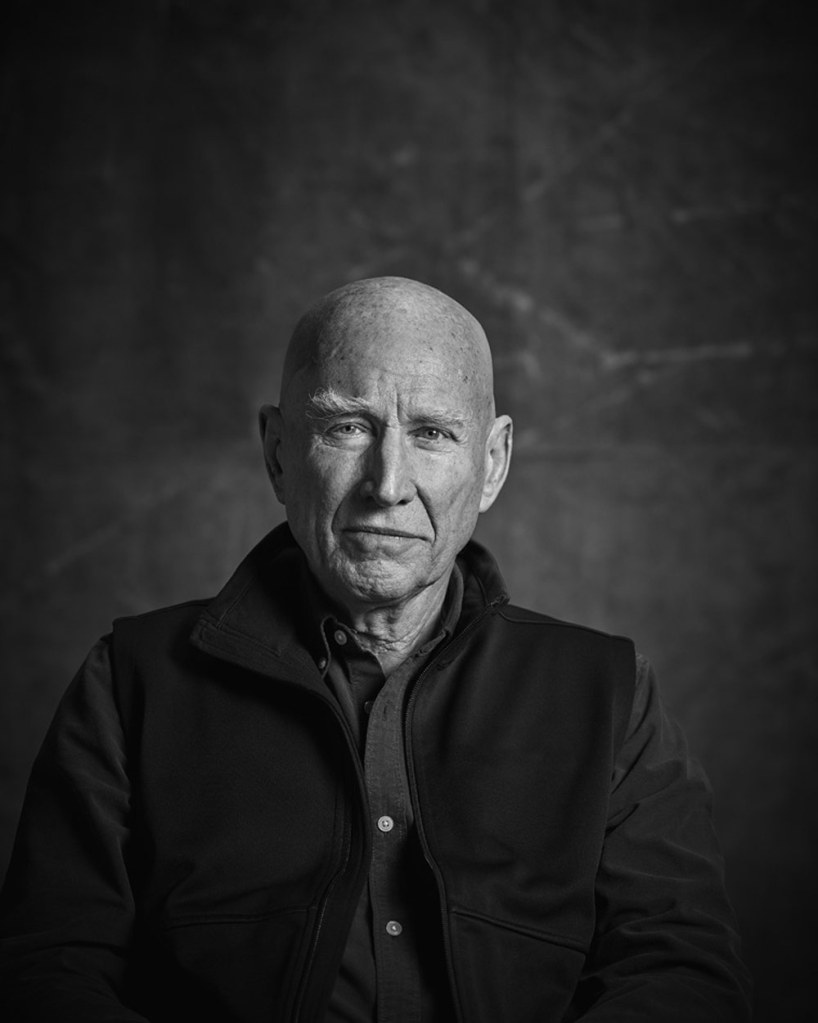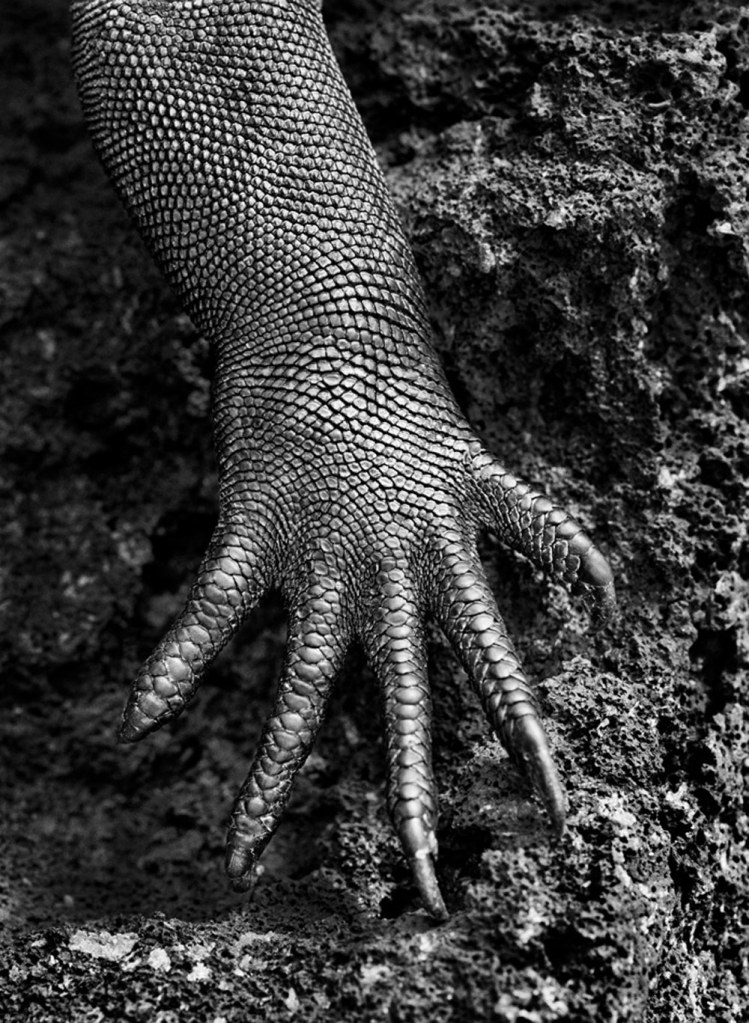Brazilian photographer Sebastião Salgado is one of the greatest living portrait, nature and documentary photographers, famed for his epic, black and white projects. These cover a wide range of subjects – from the human cost of the mining, gold and coffee industries, through to recording indigenous populations in his native Brazil and environmental destruction.

Sebastiao Salgado 2019. © Renato Amoroso
Salgado (above) has now been named as the 17th recipient of the Outstanding Contribution to Photography accolade at the Sony World Photography Awards 2024 (SWPA). There will also be a retrospective showing of some of Salgado’s best-known work, from celebrated projects such as Genesis, Gold and Amazonia.

Kuwait 1991 © Sebastiao Salgado
This will take place as part of the wider Sony World Photography Awards exhibition at Somerset House in central London, which takes place from 19th April to 6th May 2024. You can register your interest for attending here.
The award recognises Salgado’s accomplishments over a career spanning more than 50 years. ‘Photography is my way of life, it is my language…’ said Salgado. ‘Throughout my career I have always been interested in capturing the historical moment in which we are living, and telling the stories of our species and our planet.’

Galapagos, Ecuador, 2004. © Sebastiao Salgado
The overall winners of the SWPA Student, Youth, Open and Professional competitions will be announced on April 18th 2024. See here for full details.
From the Sony World Photography Awards
To celebrate Sebastião Salgado as the 17th Outstanding Contribution to Photography recipient in the Sony World Photography Awards, we highlight 17 facts you might not know about the acclaimed Brazilian photographer. This award is given to a person or group of people who have made a significant impact on the photographic medium.
- 2023 marks the 50th year in which Salgado has been a photographer. He turned to the art form in 1973 when he lived in Paris.
- Salgado has travelled to more than 120 countries for his expansive, in-depth photographic projects.
- Rather than working with a different designer for each book and exhibition, Salgado collaborates with his wife Lélia Wanick Salgado. This consistency in presentation style has given his oeuvre strength and continuity.
- Salgado’s father, a cattle rancher, wanted his son to become a lawyer. Instead, Salgado studied economics at São Paulo University and earned a Master’s degree in 1968.
- After moving to France, Salgado received a PhD in economics from the University of Paris in 1971. It wasn’t until he picked up his wife’s camera that he discovered his love for photography. He was quoted in a feature interview in the Guardian in 2000 saying: ‘The pictures gave me 10 times as much pleasure as did my economic report. Photography was a better way to get inside reality.’
- Celebrated for his remarkable black & white compositions, at the beginning of his career Salgado did occasionally work in colour (as that was often the request of the media outlets he worked with). When it came to his first book, Other Americas, which he published in 1986, he chose to photograph in monochrome. Perhaps this creative decision was to equalise every element in his composition, which is particularly powerful when thinking about his most popular images of the Serra Pelada gold mine in Brazil called Gold.
- Salgado gained recognition in the United States for documenting John Hinckley’s attempt to assassinate President Ronald Reagan. The image was taken during the President’s first 100 days in office. Commissioned by the New York Times, Salgado had eight pages to fill and so he left a conference earlier than the other photographers to get a different viewpoint.
- In 1979, Salgado joined Magnum Photos. He left in 1994 and formed his own agency, Amazonas Images, with his wife Lélia Wanick Salgado.
- In 1998, after documenting the atrocities of conflict in the Congo and Rwanda, the Brazilian photographer returned to the 555-hectare farm in Brazil’s state of Minas Gerais where he grew up. He and his wife decided to reforest the former ranch and restore it to its natural state, creating the project Instituto Terra.
- In 1993 Salgado’s international reputation was confirmed when his retrospective exhibition In Human Effort was shown at the Tokyo National Museum of Modern Art.
- He has won 16 awards, including the W. Eugene Smith Memorial Fund Grant in 1982, Foreign Honorary Membership of the American Academy of Arts and Sciences in 1992 and the Royal Photographic Society’s Centenary Medal and Honorary Fellowship (HonFRPS) in 1993. His most recent accolade is the Sony World Photography Awards 2024 Outstanding Contribution to Photography. He has also received four Honours, including Brazil’s Commander of the Order of Rio Branco in 2004 and France’s Knight of the Legion of Honour in 2016.
- If you haven’t already seen it, make sure you watch The Salt of the Earth, a 2014 documentary about and with Salgado. The film was directed by Wim Wenders and Salgado’s son Juliano Ribeiro Salgado.
- For his most recent project, Amazônia, Salgado spent six years trekking through the Amazon rainforest and living among 12 different tribes.
- Salgado is celebrated for his exquisite platinum prints, a monochrome printing process involving platinum which enhances mid-tone greys that are unusually unobtainable in the silver printing process.
- Salgado often collaborates with composers to include music in his exhibitions. For an exhibition at the Philharmonie de Paris in 2021, he worked with French composer and performance artist Jean-Michel Jarre to create a score of forest sounds.
- In September 2022, there was the large-scale exhibition Sebastião Salgado: Magnum Opus, organised and hosted by Sotheby’s at the New York headquarters to raise funds for Instituto Terra. It was the largest curated photographic solo exhibition that Sotheby’s has ever presented and 100% of the proceeds went to the non-profit project.
- Salgado is the 17th Outstanding Contribution to Photography recipient and will be honoured at a black-tie ceremony at London Hilton’s Park Lane. His work will be shown at the Sony World Photography Awards exhibition at Somerset House from 19 April to 6 May 2024.
Further reading
Fine-art photography: what it is and how to do it
Black and white fine-art photography
Complete guide to wildlife photography
Improve your landscape photography







